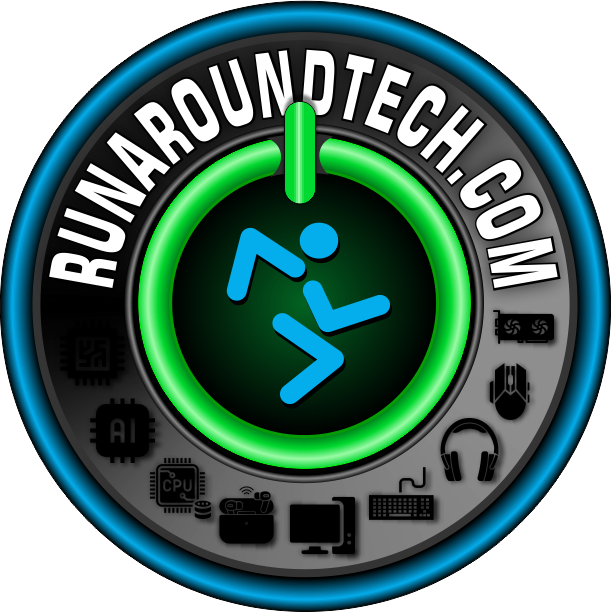Automation has revolutionized nearly every industry worldwide. In fact, the current scale of modern manufacturing and logistics probably wouldn’t be possible without this time-, money-, and labor-saving machinery. But what’s going on behind the scenes? Read on to explore the technology that drives automated equipment and, consequently, the modern world.
Robotics and AI
One of the most significant advancements in automation is the integration of robotics and artificial intelligence. Robotics provides the physical capabilities of movement, and AI delivers the decision-making power. Together, these technologies enable machines to function relatively autonomously. For example, in warehouses, robots equipped with AI can sort and pack products without human intervention.
AI also plays a role in predictive maintenance. Automated equipment uses AI algorithms to analyze performance and detect early signs of failure. This ensures minimal downtime, higher efficiency, and cost savings for businesses.
Sensors and Feedback Systems
The ability to “sense” is critical for any automated equipment. Specifically, proximity sensors, cameras, and pressure gauges are essential in capturing real-time data about an object or environment and acting accordingly.
For example, in packaging facilities, sensors ensure precision by verifying item dimensions and orientation. A practical illustration of this is how a palletizer machine works. Sensors guide the machine to stack pallets uniformly and securely, reducing human intervention and improving accuracy.
Communication Protocols
Automation relies heavily on seamless communication between various components of a system. Industrial communication protocols, such as Modbus, Ethernet/IP, and Profinet, connect machines, controllers, and software. This ensures synchronized operation across different equipment.
Cloud-based systems have further enhanced communication capabilities. They allow equipment to connect with remote servers, enabling real-time monitoring and adjustments from virtually anywhere.
Software and Control Systems
At the heart of all automated equipment lie sophisticated software and control systems. Programmable logic controllers (PLCs) are a prime example. PLCs are industrial computers programmed to perform specific tasks, such as regulating speed, temperature, or motor functions. When paired with intuitive user interfaces, this technology enables operators to monitor and manage automated equipment easily.
The technology behind automated equipment has shaped the modern world and continues to evolve. By combining robotics, sensors, AI, communication protocols, and advanced software, these machines offer businesses the tools they need to achieve greater efficiency and cost-effectiveness.

